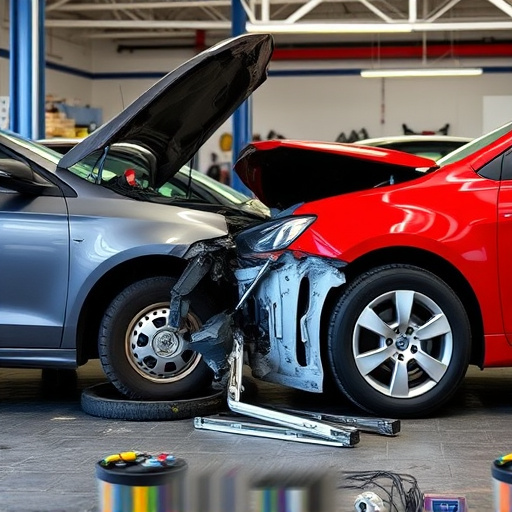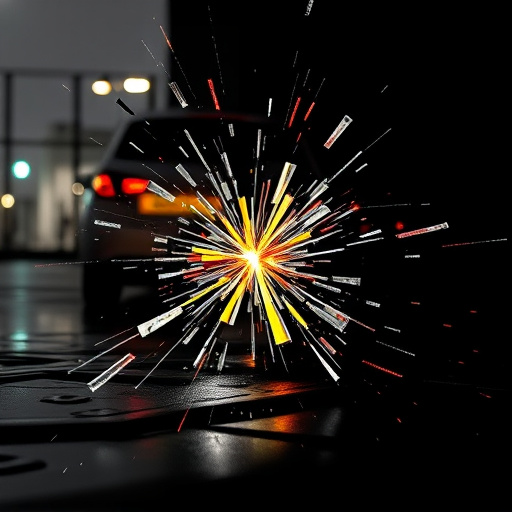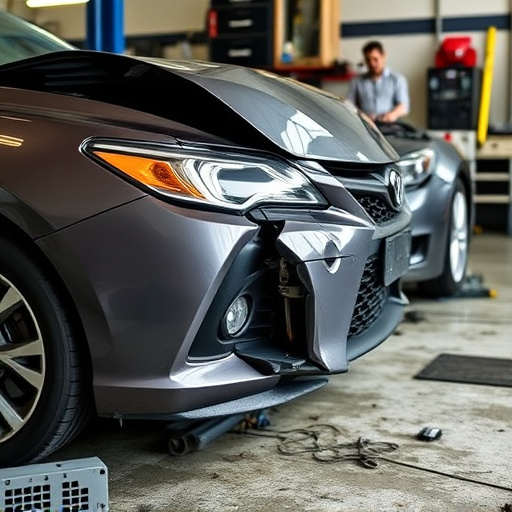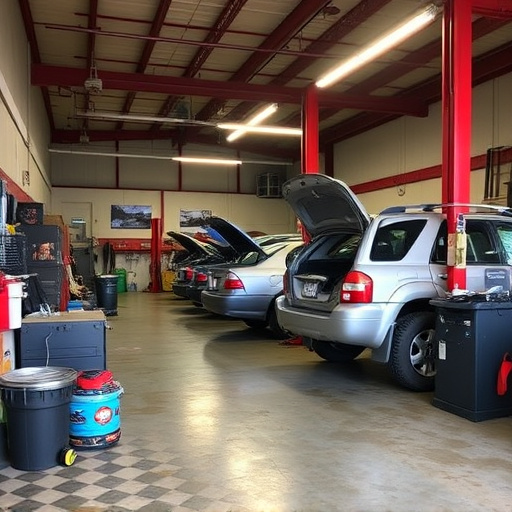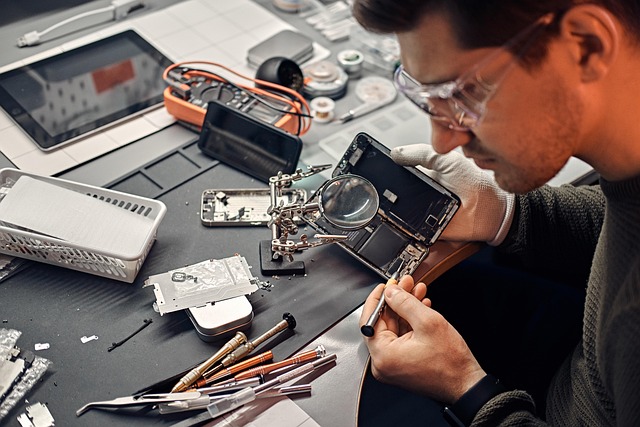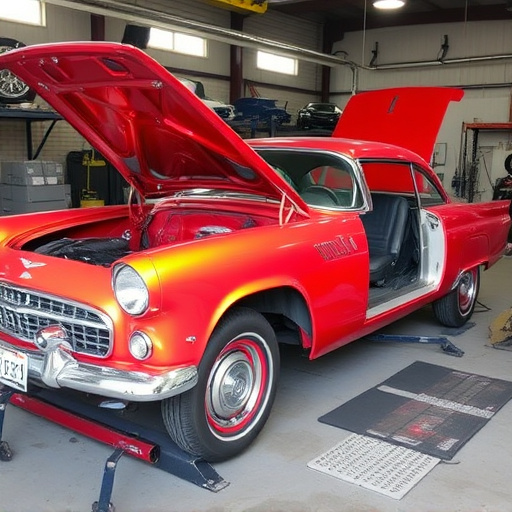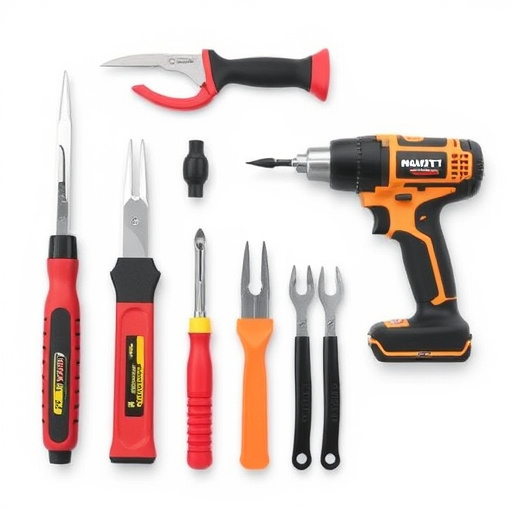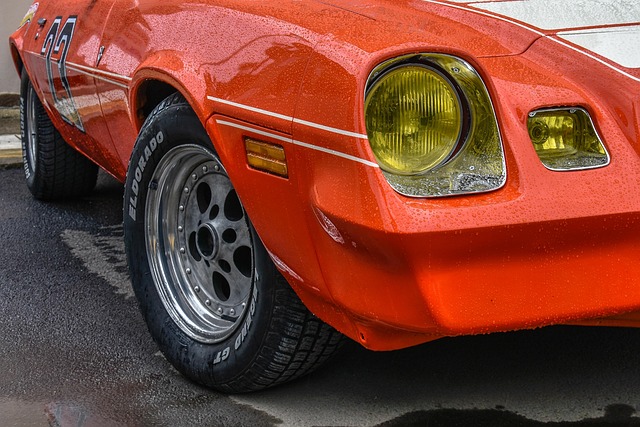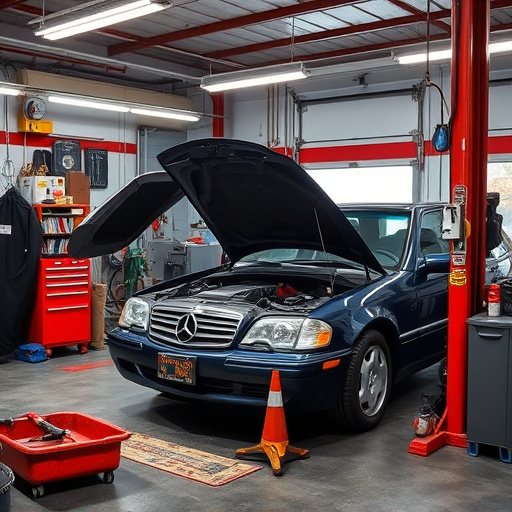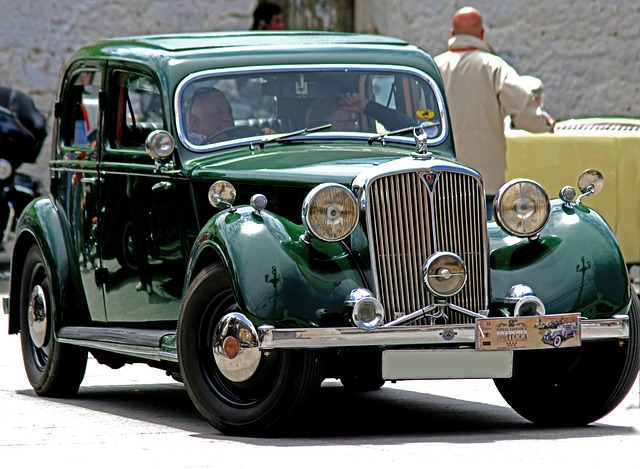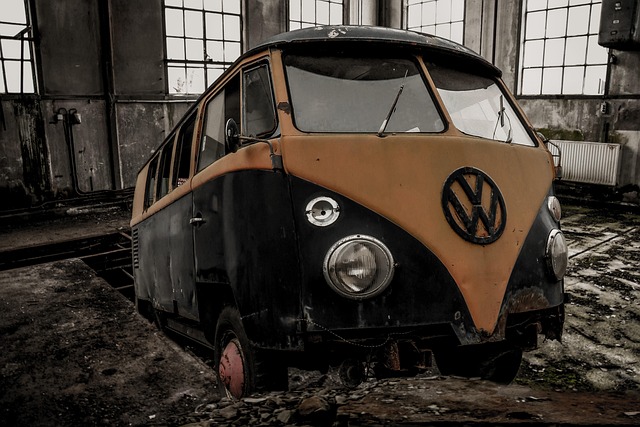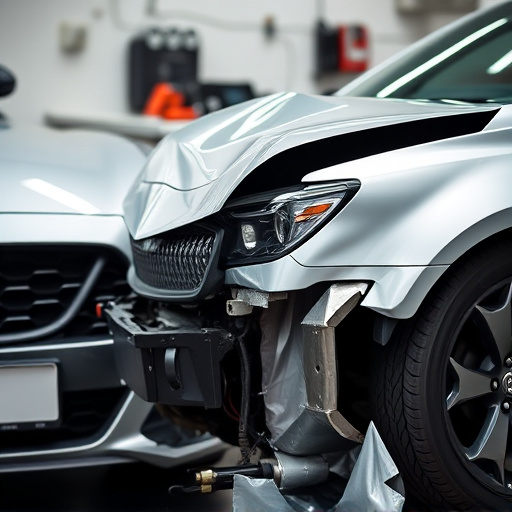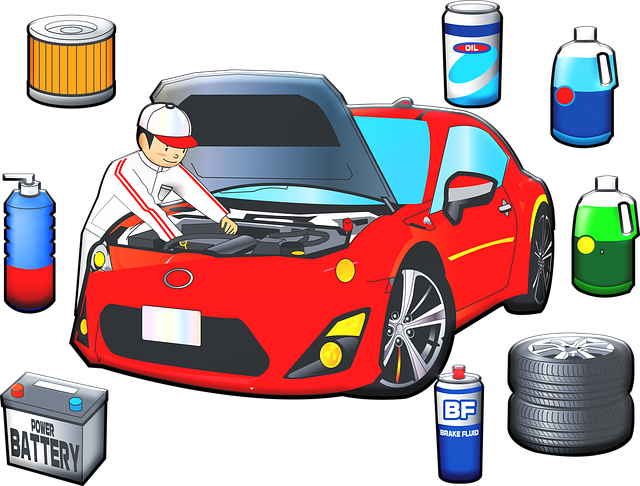Pearl finish restoration combines historical hand-painting techniques with modern technology like airbrushes and specialized coatings. High-resolution cameras, image processing software, and digital assessment tools enhance precision and efficiency. Integration of auto glass replacement and tire services offers a seamless experience. Today's pearl finish restoration involves thorough cleaning, primer/paint application, sanding, color layering, and clear coating for authentic, factory-like results suitable for automotive collision repair, auto repair services, and vehicle restoration projects.
Discover the art of preserving history with pearl finish restoration, a meticulous process revitalizing antique surfaces. This article explores the transformative power of technology in this age-old craft. From understanding the intricate techniques and historical context of pearl finishes, to leveraging digital tools for precise assessments, we delve into innovative methods that ensure authenticity. Learn how modern science and traditional skill intertwine, allowing us to restore these precious gems of decoration to their former glory.
- Understanding Pearl Finish: Techniques and History
- Digital Tools for Accurate Restoration Assessment
- Innovative Restoration Methods: Step-by-Step Guide
Understanding Pearl Finish: Techniques and History
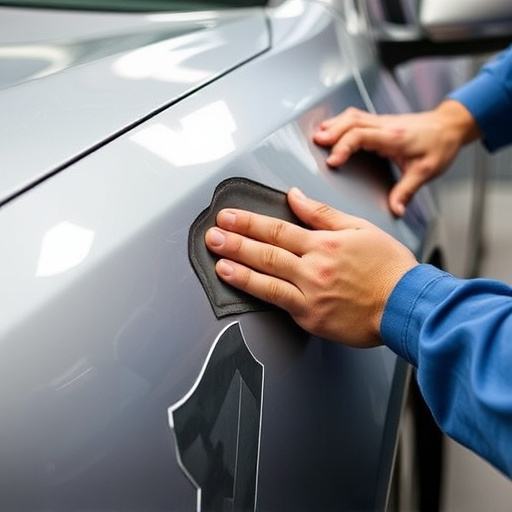
Pearl finish, with its lustrous and iridescent appeal, has long been a desired aesthetic in various industries, from automotive to furniture design. In the context of pearl finish restoration, understanding this unique material is paramount. Historically, achieving a pearl effect involved intricate hand-painting techniques, where skilled artisans meticulously applied layers of paint and varnish to create a shimmering surface reminiscent of pearls. This art form demanded precision and patience, making each piece one-of-a-kind.
In the automotive body shop or collision center, the pursuit of perfect pearl finish restoration involves a blend of traditional expertise and modern technology. Today, advanced tools like airbrushes and specialized coatings enable technicians to reproduce this elegant finish more efficiently. By combining these techniques with meticulous attention to detail, collision centers can restore damaged pearl-finished surfaces, ensuring they retain their original beauty and value, catering to both classic car enthusiasts and those seeking modern vehicle customization.
Digital Tools for Accurate Restoration Assessment
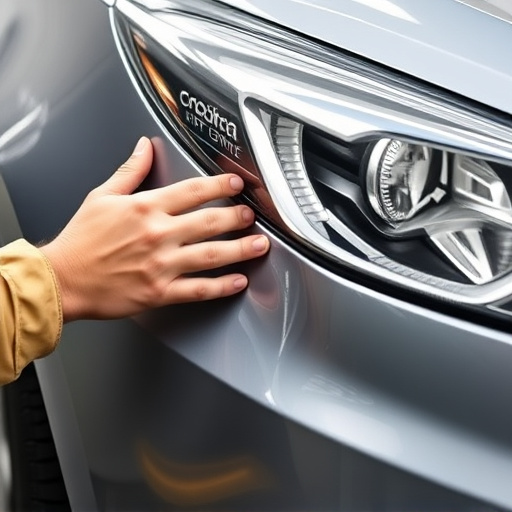
In the realm of pearl finish restoration, technology has played a pivotal role in enhancing the precision and efficiency of the process. Digital tools have revolutionized the way restorers assess and plan for restoration work, ensuring every detail is meticulously captured and analyzed. High-resolution cameras, coupled with advanced image processing software, allow for detailed inspections of the pearl finish, identifying minor imperfections that might go unnoticed to the naked eye. This technology provides a comprehensive visual record, serving as a valuable guide during the restoration process.
Furthermore, digital assessment tools offer restorers the ability to virtually simulate various restoration techniques, enabling them to make informed decisions before committing to any physical changes. This not only streamlines the car restoration process but also ensures that the final result aligns perfectly with the original pearl finish aesthetics. With these advancements, auto glass replacement and tire services can be better integrated into the broader car restoration scope, ensuring a seamless and satisfying experience for clients seeking to revive their vehicles’ gleaming finishes.
Innovative Restoration Methods: Step-by-Step Guide
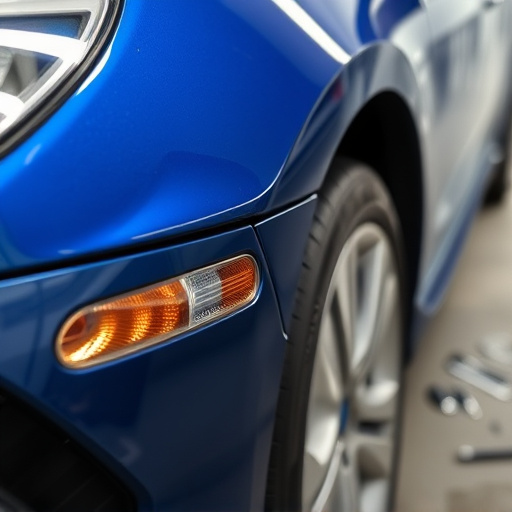
The world of pearl finish restoration has seen a significant transformation with the advent of innovative technologies. Gone are the days when meticulous handiwork was the sole method for achieving a flawless pearl finish. Today, advanced tools and techniques have made the process faster, more precise, and accessible to both professionals and enthusiasts. These modern methods not only enhance efficiency but also ensure consistent results, making pearl finish restoration an art that’s easier to master.
A typical pearl finish restoration using innovative techniques involves several steps. First, thorough cleaning of the surface to remove any dirt or debris. Next, the application of specialized primers and paints designed specifically for pearl finishes, ensuring optimal adhesion and durability. This is followed by careful sanding to smoothen out any imperfections, creating a seamless base. Then, using airbrush technology, the desired pearl effect is achieved with precise color layering and blending. Finally, a clear coat is applied to protect the finish, locking in its brilliance. These steps, when executed correctly, result in a stunning, authentic pearl finish restoration that can rival factory-applied finishes, whether for automotive collision repair, auto repair services, or vehicle repair projects.
Technology plays a pivotal role in modern pearl finish restoration, offering precise assessment tools and innovative methods that enhance preservation. By leveraging digital advancements, restorers can accurately evaluate historical finishes, ensuring their delicate nuances are respected during the restorative process. These modern techniques, combined with traditional craftsmanship, provide a comprehensive approach to preserving the beauty of pearl finishes for future generations, revitalizing these precious artifacts in today’s world.

